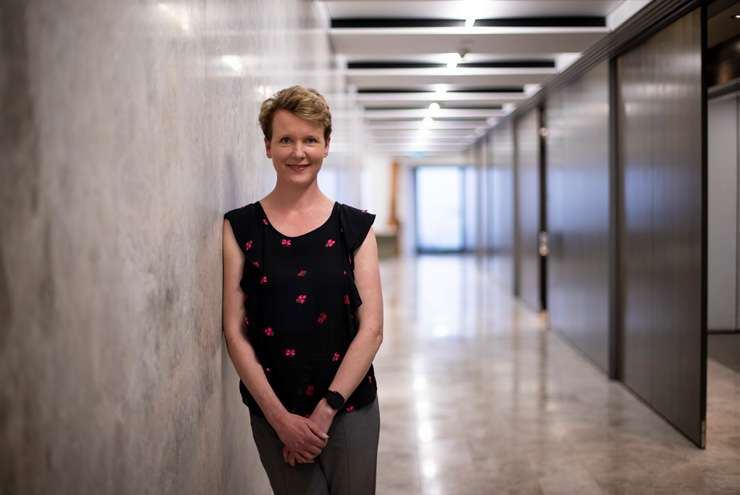The biggest indicator on whether interest rates are likely to keep soaring, economists say, will be in the longer-term predictions given by the Reserve Bank next week when it is expected to yet again lift the Official Cash Rate for the last time this year.
Economists told OneRoof they expect the OCR will lift to 4.25% on Wednesday, but there’s less certainty about whether it will be stop at around 5% next year or soar above it as the Reserve Bank grapples to get inflation under control.
A rise of 0.75 percentage points would be bigger than previous increases, but part of that is being put down to the large three-month gap between Wednesday’s announcement and the next scheduled decision on the cash rate, in February 2023.
Westpac acting chief economist Michael Gordon said that because of this there was “not much time for dilly dallying”.
Start your property search
“We are expecting the cash rate around 5% at some point early next year most likely, but there will be a lot of interest in what the Reserve Bank predicts along those lines because that’s the thing that really will dictate where those most popular mortgage rates end up.”
While another hike in the OCR would most likely impact floating interest rates almost immediately, he did not expect longer-term interest rates to move too much because the predicted increases would have already been “baked in”.
Gordon said the full impact of the OCR increases this year won’t be felt until next year.
“A lot of homeowners are still on rates that might have a two or a three in front of them. Once they come up for refixing, it’s going to go up to something substantially higher and at that point that will affect people’s spending decisions. It’s not necessarily a source of widespread distress, but if the interest repayments are eating into the household budget, then something has to give.”
Infometrics chief forecaster Gareth Kiernan agreed that the rate decisions would be a “slow burn” and won’t fully hit household budgets until the first half of 2024, but he expected the OCR would peak at 5.25% mid-next year.

ANZ chief economist Sharon Zollner: “I guess we are just not confident that process is finished.” Photo / Dean Purcell
Inflation is still over 7% and Kiernan feels it will take until the middle of next year before the Reserve Bank had any confidence that it had inflation under control.
ANZ chief economist Sharon Zollner said once the OCR reached 5% there was still no guarantee it would stop there.
Zollner is forecasting a 0.75 percentage point hike next week and in February as all the latest data suggested there was more inflation pressure than the Reserve Bank had thought in October.
“We see upside risk to our forecast that the OCR is going to stop at 5% because all the developments in inflation have just been in the direction of inflation being higher than expected and I guess we are just not confident that process is finished.”
People need to be aware that the OCR could go significantly higher than 5%, she warned.
“What happens to the fixed mortgage rates will depend not only what they actually do with interest rates, but what they show and say about the future interest rates – that tends to be the big driver of the fixed interest rates.”
However, Zollner said while interest rates rises did hurt people this could be offset slightly by the fact that household incomes were also on the up.
“Not all the upside to the Official Cash Rate is upside to real interest rates, which is where it really starts to hurt. So basically, if your income is growing 10% a year and the OCR goes up – if you’ve got a lot of debt, it will still hurt but not as much.”


















































































